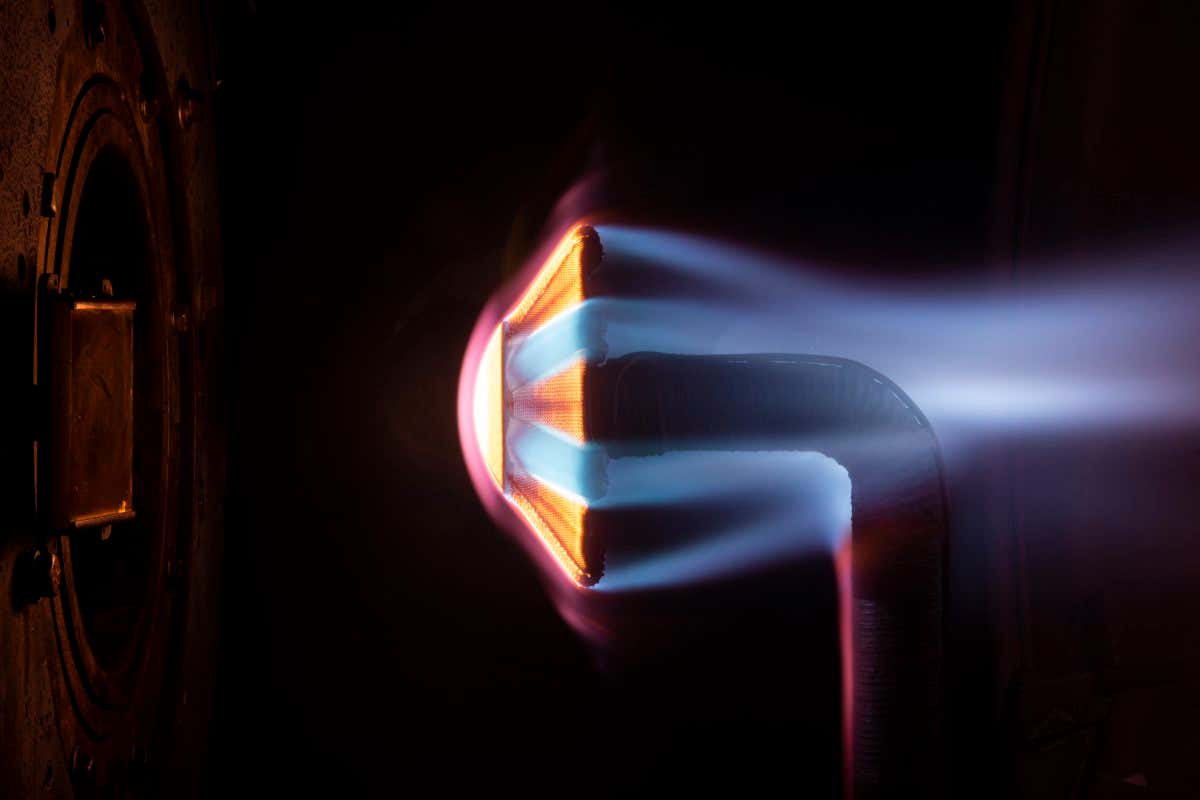AfriCanCode: Ghana teachers switch to digital learning
Despite the dual challenges of low internet penetration and a switch to virtual teaching due to the COVID-19 pandemic, teachers in Ghana have embraced the opportunity to learn 21st century digital teaching skills during this year’s Africa Code Week Train-the-Trainer campaign. Ghana has a fast-growing population that more than doubled from 14.2 million people in 1989 to … Read more





